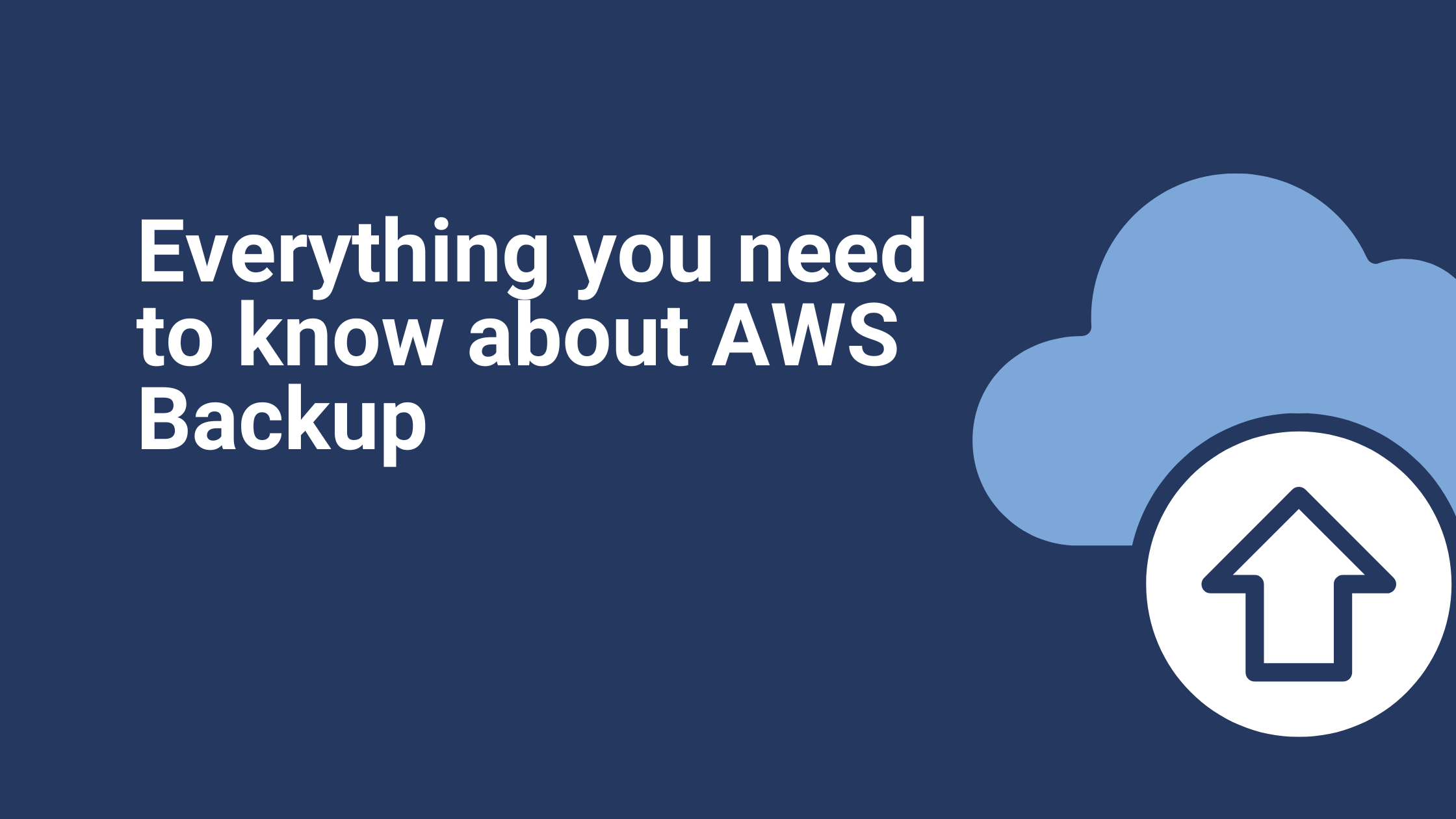What Is Infrastructure-as-Code?
Automation is a concept that has found its way into every corner of the economy, as well as into our day-to-day lives. It makes sense that as the technology around us becomes more sophisticated we should utilize it to automate common tasks and improve efficiency. And moreover, that we should apply it to the even more complex systems and processes with which we operate in business. The field of IT has become just as enamored with automating its processes as any other industry. However, with IT, automation has come into play alongside a number of other technologies too.One of those increasingly important technological concepts in the world of IT is that of virtualization. Virtualization enables users to create virtual spaces on remote servers so that they can test applications in a controlled and isolated environment. The potential uses for virtualization are truly limitless. Like automation, virtualization is a concept that has revolutionized the way that we solve various computing problems.Infrastructure-as-Code (IAC) represents the point where these two concepts—automation and virtualization—come together. It has been one of the most exciting computing developments in recent memory and has had a transformative impact for devs that hasn’t been seen for quite some time.
What is Infrastructure-as-Code?
Infrastructure-as-Code (IAC) is a method of provisioning IT infrastructure that combines automation with virtualization. In an IAC system, configurations are managed and provisioned through machine-readable definition files that generate service components. It has delivered a much more reliable and flexible approach to scripting or the manual setup of a VM or container. Automation has also significantly removed the potential for human error when configuring the server. While at the same time, delivering the ability to easily redeploy an IAC system which makes it easy to reuse and refine further over time.
The Benefits of IAC
The IAC approach offers a number of benefits over both manual setup and configuration, as well as the other option of using scripting. While scripting isn’t limited, it’s just not always as reliable. Typically with scripting, you have to chain events together, whereas IAC is more declarative. A small nudge to a chain can cause a large problematic ripple, whereas as a small nudge to a declarative configuration is much more stable and isolated.There are two other key aspects to IAC that solidify its reputation and potential:
- Redeployment: As an IAC system is deployed from source code, it is easy to redeploy the exact same system elsewhere by simply executing the code again. Organizations can easily reuse the same system whenever they need it. Without the time-consuming need to build from scratch every time. With access to cloud-services while on-the-go becoming commonplace, this means that a developer can remote connect to a server and deploy their system wherever they are in the world.
- Refinement: As well as allowing you to make continuous improvements to the source code as you redeploy, IAC also helps us to refine concepts such as testing, project structure, and monitoring too. As we practice our failures and recovery process, we can begin to refine our testing and monitoring to cover those behaviors that robust infrastructure should demonstrate.
By redeploying over time, we will find new issues that can cause our system to work incorrectly and take the opportunity to improve each time. As we identify issues, we can add testing for them into our suite of automated tests. Such tests will also double as regression tests. As time goes on, our test suite becomes increasingly more comprehensive and our confidence in our recovery processes increases.
IAC Best Practices
In order to make the most of IAC, you need to incorporate three important components:
- Agile development processes
- An established DevOps culture
- The automation tools to write the code
DevOps and Agile development go hand-in-hand as both are about efficiently speeding up your development process and empowering your coders to produce quality work productively. IAC is all about efficiency and quality, and so DevOps is essential. In addition to this methodology, you should be adhering to best practices.
Codify Everything
All the specifications for the infrastructure you are generating should be explicitly written into configuration files. Your configuration files are important as they will describe exactly what components will be utilized in your IAC setup, as well as their relationship to one another. You want your production IAC code to be deployed quickly and seamlessly; this can’t happen when users are logging on and finding themselves needing to make manual adjustments.
Document Well
For IAC systems, your source code is your documentation. You shouldn’t need to include many, if any, additional instructions for users. However, setup instructions and diagrammatic representations of your architecture are useful for bringing other employees up to speed on the system and sharing knowledge.
Continuous Testing
You should be continually testing your IAC code so that you can identify any areas where the code is either not executing as expected, or is throwing up unexpected errors. As well as testing the reliability of your deployment, you should also create tests which examine your IAC setup to ensure it is secure. When dealing with virtual machines, it is easy to overlook the usual security concerns and the countermeasures taken. Don’t fall into the trap of complacency.
The Best IAC Tools
Terraform
Terraform is perhaps the most recent revolutionary tool for infrastructure provisioning. Through Terraform, developers are able to leverage a wide variety of service providers such as AWS, GCP, Heroku, etc., to create and destroy containers. The platform is also capable of reconfiguring them without the need to offload them to a container management tool.As well as being compatible with JSON, Terraform utilizes its own domain-specific language and custom syntax that can be used to generate the source code needed to deploy the infrastructure as specified by the user.
AWS CloudFormation
CloudFormation (CF) is Terraform’s most similar predecessor for IAC though without the capabilities of the newer platform which makes it so distinguishable. CF is designed as an orchestration tool that allows the user to automate the deployment of infrastructure through templates.The main difference between the Terraform and CF is that the latter can only be used with AWS, with which it is integrated. CloudFormation enables users to preview any proposed updates to their AWS infrastructure stack, and therefore see how they will impact resources.
Ansible
Ansible is an open source automation tool that models infrastructure by describing how the components in your IAC system relate to one another.Ansible doesn’t use agents, and its code is written in YAML in the form of Ansible Playbooks, so configurations are very simple to understand and deploy. This is in contrast to the standard approach of managing systems independently.
Docker
Docker brings IaC into the development process as a core component. By using dockerfiles, developers can execute a Docker build command to create a Docker image. This image can then be used to start a new container, this time using the docker run command.Using Docker, developers can create such individual files, checked in with source code that specifies environments, configuration, and access for an application. Which is IAC in its purest forms.Infrastructure-as-Code still looks certain to be one of the most significant concepts in computing, especially in cloud computing, in the near future. IAC is opening up new world of possibilities to businesses and organizations, making it the kind of trend that you many want to get on board with as early as possible.For more development best practices, read our article Optimizing DevOps and the AWS Well-Architected Framework Ibexlabs is an experienced DevOps & Managed Services provider and an AWS consulting partner. Our AWS Certified DevOps consultancy team evaluates your infrastructure and make recommendations based on your individual business or personal requirements. Contact us today and set up a free consultation to discuss a custom-built solution tailored just for you.









